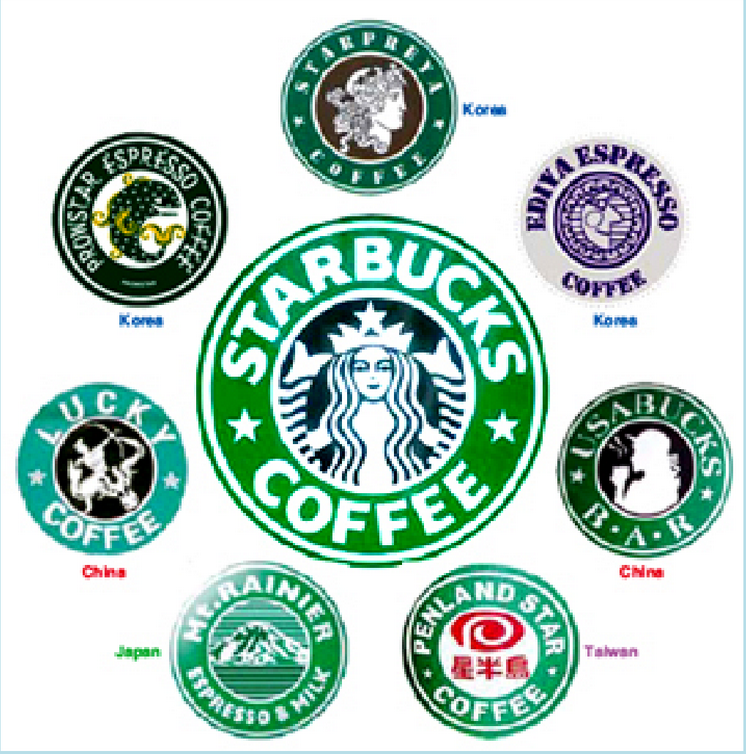Trademarks – Defined
TRADITIONAL DEFINITION
A word, symbol, or device that is used to distinguish one’s goods or services from others. Simply put, a trademark is a “source identifier.”
EXPANDED DEFINITION
Includes slogans, colors, shapes, sounds, smells,trade dress and configurations.
Trademarks – Defined
→ Trademark law prevents a party from adopting a mark to represent its products/services, which is likely to lead to confusion on the part of the purchasing public as to the source or origin of the products/services.
→ Trademark protection does not, in general, prevent a product itself from being copied.
→ Trademark protection can prevent a party from unfairly benefiting from or damaging the customer recognition and goodwill developed in a product or company name.
→ Lasts forever with continued use and renewal registration
Levels
FANCIFUL
– coined words with no meaning to the public – like EXXON® gasoline, KODAK® cameras, XEROX® copiers.
ARBITRARY
– common words not associated with the goods or services – like APPLE® computers, BABY RUTH® candy bars.
SUGGESTIVE
– requires some imagination – like COPPERTONE® suntan oil, SWEETARTS® candy.
DESCRIPTIVE
– conveys an immediate idea of ingredients, qualities or characteristics – like PARK’N FLY® for parking at the airport and catching a plane.
→ Needs Secondary Meaning as acquired through extensive or exclusive use, advertising, or promotion.
GENERIC
– common name for an article or service and can never be a mark – like telephone, pump, paint.
Marking
• Mark products with ®, if the mark is registered.
• Mark products with ™ if in use, but not federally registered with the U.S. Patent and Trademark Office.
→ Provides limited protection in US.
→ Not valid in all countries.
• Maintain and preserve trademark equity by adhering to proper use rules.
Likelihood of Confusion
→ Similarity of marks:
• appearance, sound, commercial impression, connotation
→ Similarity of goods or services
→ Consumer confusion
Why Register?
→ Gives constructive notice to the public.
→ Your mark will show up on searches performed by others.
→ There is a presumption of ownership, which becomes conclusive after 5 years
(i.e., the ownership is “incontestable”).
→ Nationwide priority for federal registration.
→ Gives the owner the ability to stop importation of infringing goods.





